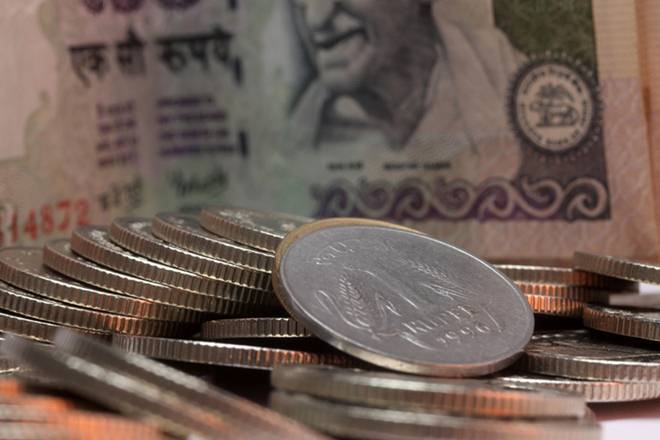The Centre’s fiscal deficit in April-May stood at 55.3% of Rs 6.24 lakh crore estimated for all of 2018-19, compared with 68.3% of the relevant annual estimate in the year-ago period, in what reflected a relative moderation in front-loading of revenue spending. Indirect tax receipts, a proxy of consumption in the economy, grew at robust 59% in the two-month period; however, huge corporate tax refunds led to a year-on-year decline in direct tax collections.
Union minister Arun Jaitley wrote in a blog that “the first big news for this year is that the advance tax deposit during the first quarter of this year has seen a gross increase of 44% in the personal income tax category and 17% in the corporate tax category”.
But the minister added that after repayment of refunds due to some excess tax paid in earlier years, usually paid back in the first quarter, the net advance tax amount would be somewhat less. “But if the same trend continues in the next three quarters, one expects a significant increase in the direct tax collection this year,” he wrote.
The Centre’s net tax receipts (after devolution to states) stood at Rs 1.02 lakh crore or 6.9% of the FY19 budget estimate (BE) of Rs 14.8 lakh crore; these were 5.5% of the target a year ago.
Gross tax receipts (net of refunds but before sharing with states) grew by about 30% in April-May of FY19 against 25% in the corresponding period a year ago. However, direct taxes fared poorly by clocking a negative growth of 14.14% against the budget target of 14.4% annual growth, largely due to higher corporate tax refunds than collections in May. During the first two months of this year, gross corporate tax receipts declined 83% while personal income tax (PIT) rose by about 5%. While PIT had grown by 11.4% in April-May of FY18, corporate income tax had performed better in FY18 as collections were negative in the previous year.
Indirect taxes grew by 59% in April-May of FY19 against the budget target of 19.1%; these had grown by 15% in the year-ago period.
While Rs 88,689 crore was released as food, fertiliser and fuel subsidies in the first two months of this year, as much as Rs 1.17 lakh crore had been spent on this front in the year-ago period.
The Centre’s capex saw a 21.4% year-on-year rise to 63,791 crore in April-May, thanks to front-loading of railways-related investments. The total expenditure in the first two months of this fiscal stood at Rs 4.73 lakh crore, or 19.4% of the BE against Rs 4.59 lakh crore, or 21.4% of the corresponding target a year ago.


